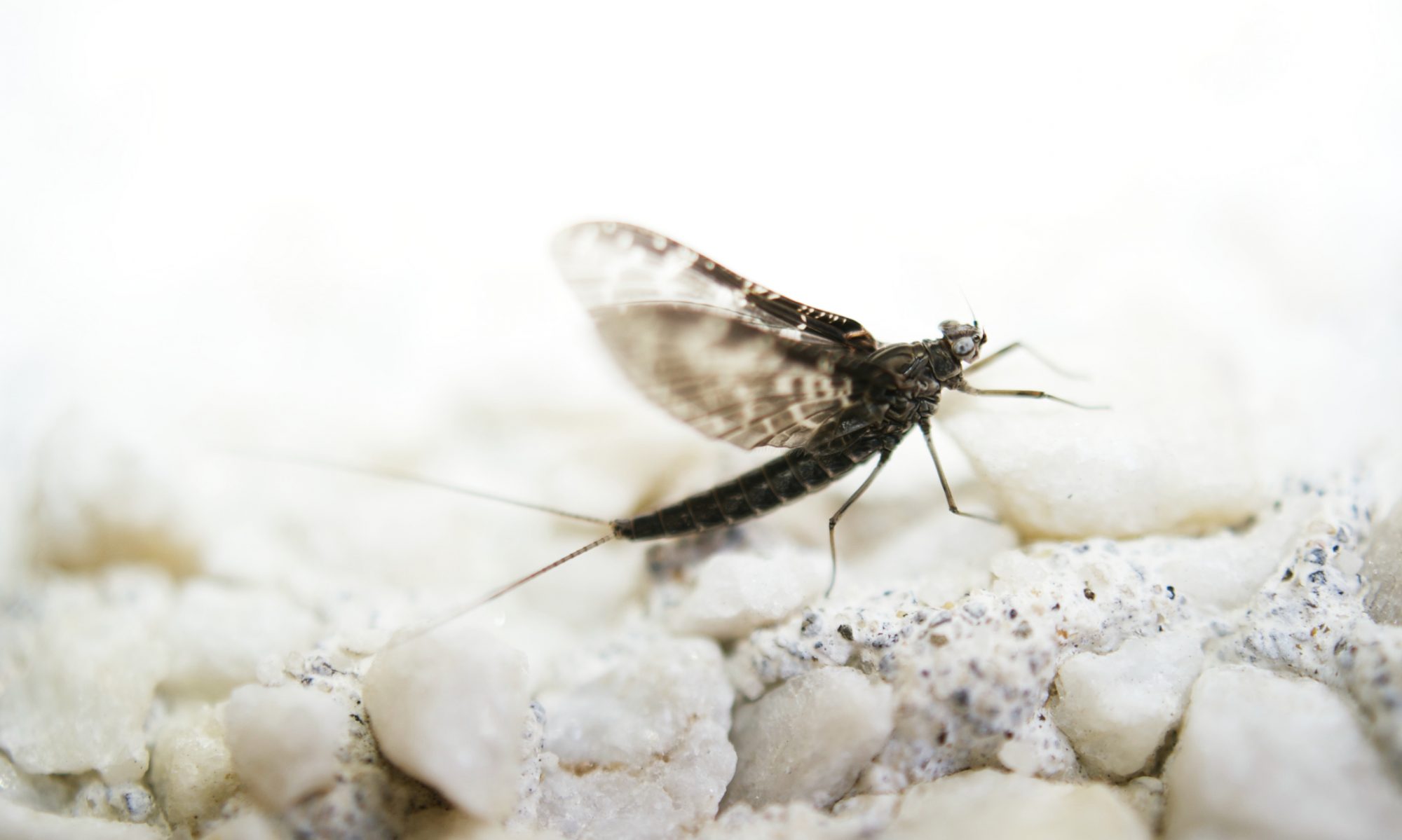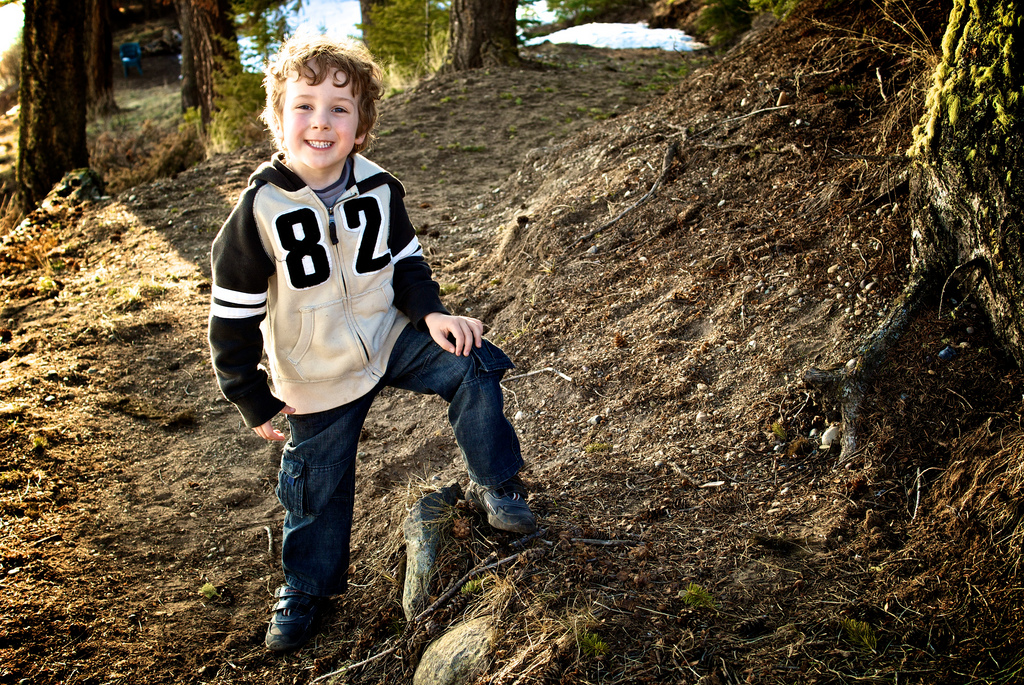While eating my morning toast (with saskatoon jam!) and tea I ran into what seems to be a perennial conversation on science Twitter. Specifically: how much time should a student put into their research and related studies and how much into the rest of their lives? This is a good question, and there are at least as many answers are there are practitioners, so the best I can do is present my own answer as it relates to my life and, thus to some large extent, what I hope for my own students.
My situation as a graduate student was quite simple compared to some students, although I also expect fairly typical of many. I was single and also childless. I was living a substantial distance from my known support group of family and friends with whom I grew up. I had a great supervisor who cared about my life and my progress. I was generally living close to the poverty line (particularly living in the Vancouver area, which even then was not cheap). And I wanted to finish well and in a reasonably timely manner.
I certainly realize that the “single and also childless” part made, and makes, a huge difference. Speaking from that perspective, I fully know that it meant that I had way more time to devote to my studies as there was no one waiting for me back home or relying on me for a portion of income or for emotional or other support. That said, neither was there anyone built into my life who could act as a support – emotional, financial, etc. – when I needed it. And that latter fact amplified the situation of being quite suddenly thrust into a new context where my main contact with family and long-term friends was via the phone, email, or occasional visits back home when I could scrape up the money for a plane ticket.
There were a number of times in my graduate studies where I felt discouraged and alone. Science is like that; those times never really end for any of us. But even though I have somewhat introverted tendencies, I also knew that I would need support in my new home. Building a network of friends both at my university and beyond was vital. I cannot overemphasize how important those people were to me at the time, and remain to me today a decade-and-a-half later. I can’t imagine having made it through graduate school, with my passion and general sanity intact, without my network. I am forever grateful to them.
I’m also extremely grateful to my Ph.D. supervisor. He knew how to push me when I needed a push, but he also was cognizant of when I needed a break or a pep talk. He set a good example by being at school at a reasonable time in the morning and going home to his family around dinner hour most days. He took holidays with his wife during the summer. When field season came along he often worked longer hours when needed and expected the same from us, but those long days were not the year-round norm. He understood life and let me live it.
The cycle that he presented to me (and I assume other students in his lab from my observations of my “sisters and brothers”) was one that I attempt to emulate to this day in my work-life-passion balance. He loved what he did and worked hard at it when it was time to do so, but he also put a boundary around that work for other aspects of his life. In the same way I loved my studies then, as I do now, and put my nose to the proverbial grindstone with focus and care when it was time to work on my research, coursework, TA-ing, or thesis writing. And, with each of those, after I had accomplished what felt like a good solid chunk in a given day, I knew that I could step away for time alone or with friends.
Science is, I believe, best done in that slow and somewhat plodding way. Last-minute bursts often are disastrous because they do not give the burst-worker the time to contemplate and consolidate during and after each step.
My Ph.D. studies had a circannual rhythm that influenced a varied circadian rhythm. My year began just before Douglas-fir beetles began flying near to Lytton, BC, sometime around mid-April. This was followed up by moving those traps to capture spruce beetles and then western balsam bark beetles elsewhere in the province in May and June. Then the traps went to Princeton, BC, to capture mountain pine beetles from mid-July to about mid-August. And I ended the field season trapping pine engravers, usually in or near those mountain pine beetle stands, until about mid- to late-September. During that April-to-September period my life was consumed with my field work. I know that I missed out on a lot of the summer fun activities around Vancouver that many of my friends took part in. But I also saw some beautiful parts of the province and had many memorable days in the field enjoying the warmth and smell of a sunny summer forest. I still can close my eyes and put myself back into some of my field sites in mid-August form.
Once the traps were all back safely stored for the year, I began to sort trap catches. That, as anyone who does it knows, is no small task. I worked with five species of bark beetles and conducted two to five replicated (12 to 15 replicates of usually five or more treatments) experiments with each of them each year. This meant sorting through hundreds of trap catches under a microscope each “off season” with the goal of collecting and analyzing all of those data before field season began again the next spring. Sorting trap catches, as anyone who has done it knows, is not something done in a flurry of a last-minute overnighter. It is a contemplative process that requires a consistent effort over weeks and months. It is perhaps this practice in my sub-field of science that has helped to influence my overall life work patterns of slow-but-steady. Or perhaps my personality influenced my choice of sub-field. Or perhaps there’s a useful feedback between the two. I’m not sure how that works, but it does.
During the contemplative work of sorting, my mind would also wander to my upcoming plans. And my network of graduate student friends and my supervisor were there to talk about my ideas so that by about January of the following year I was able to start the process of planning field sites, ordering pheromone baits, fixing traps, and generally planning out the next year of field work. In April the process started again. During this entire yearly cycle my circadian rhythms would shift from necessarily rather long days in the field in the spring and summer to what one might consider an approximately normal eight-hour day in the autumn and winter. There is, after all, only so much time that a pair of eyes can stare into a microscope on a daily basis, both physiologically and mentally. I tried to do my best (with varying success) to listen what my body and mind were telling me.
Overall there was an ebb and flow to to my graduate studies, because of the field work, that I know from later experience can get lost if the research is all lab all the time. But is it possible to recognize, and perhaps amplify, the more subtle ebb and flow of purely lab-based research? Perhaps some of the circannual rhythmic aspects disappear, but certainly the circadian aspects can remain. Moving into the role of a PI over the past decade I certainly know that there are circannual rhythms and that those influence my daily rhythms across the year.
Ultimately this whole discussion really points to one undeniable fact:
Graduate school really doesn’t start with graduate school. And a career in science doesn’t begin they day that you walk into your first job post-graduation.
Unlike professional school (medicine, law, dentistry, etc.) or a number of undergraduate degrees (education, nursing, engineering, etc.), there is no likely predefined path awaiting a student at the end of graduate school. When (or if) you do land a job related to your field of study it will likely be reasonably well-compensated, but certainly not at the level of some of the professions mentioned in the previous sentence. In other words, the pay will be fine, but a large part of your “pay” also relates to the fact that you are doing something that you love. So you need to love it. You need to be passionate about it.
But you can’t start graduate school expecting to fall in love with science. You need to love it before you do it, and that means figuring out if you love it before you enroll. As an undergraduate I worked in a lab for a few years in a rather unrelated field to what I do today. I ended my degree by taking a field-based course to see what that was like. I attended as many departmental seminars at my undergraduate institution that I could fit into my study and exam schedule. By the time that I got to the stage of looking for a graduate school I had a reasonable idea of topics that I might like to study, and I knew that this was something that I was passionate about.
This gets me to my final point about how to balance time as a student (and, I would argue, as a PI). In the discussion on Twitter I tweeted that:
@KaylaMGriffith @ta_wheeler If you don’t go into it with passion, then don’t bother. If you don’t come out with passion, then why bother?
— (((Dr. Zee))) (@docdez) June 14, 2016
I stand by that statement. If you are not heading into STEM graduate school with a passion for science – instead merely merely “doing” graduate school as the next seemingly required step in life – your studies (or job) will be a disappointment even if you finish the task and cross the stage. But if during the course of your studies (or job) the passion is lost due to the pressure of a poor work-life balance, then the outcome is sure to be similarly disappointing.
My hope for students in my lab, and for myself, is that we enter our work with passion and we leave it to the next step with enhanced passion. I know that along the way there are dark periods. I have experienced them both during graduate school (ask me about the second year of my Ph.D. sometime) and during my subsequent career (the UNBC faculty strike last year was one such moment, and there have been others). I am thankful that during those times I have had a network of family, friends, and other social helps that have seen me through. As a PI I work to do my level best to help students to maintain their passion, to celebrate their success, and to be understanding and to provide help as possible during their dark times. (As a professor I hope for the similar treatment from my administration for my students and for me, although I suppose that’s a topic for another blog post some day.)
I am certainly thankful for the excitement of discovery that this career has given me, despite the more difficult times. Those moments of discovery, made by ourselves or others, should be why we ultimately headed down this path to research, teaching, and service to society in the first place. It is what continues to drive my passion and, I hope, yours.

